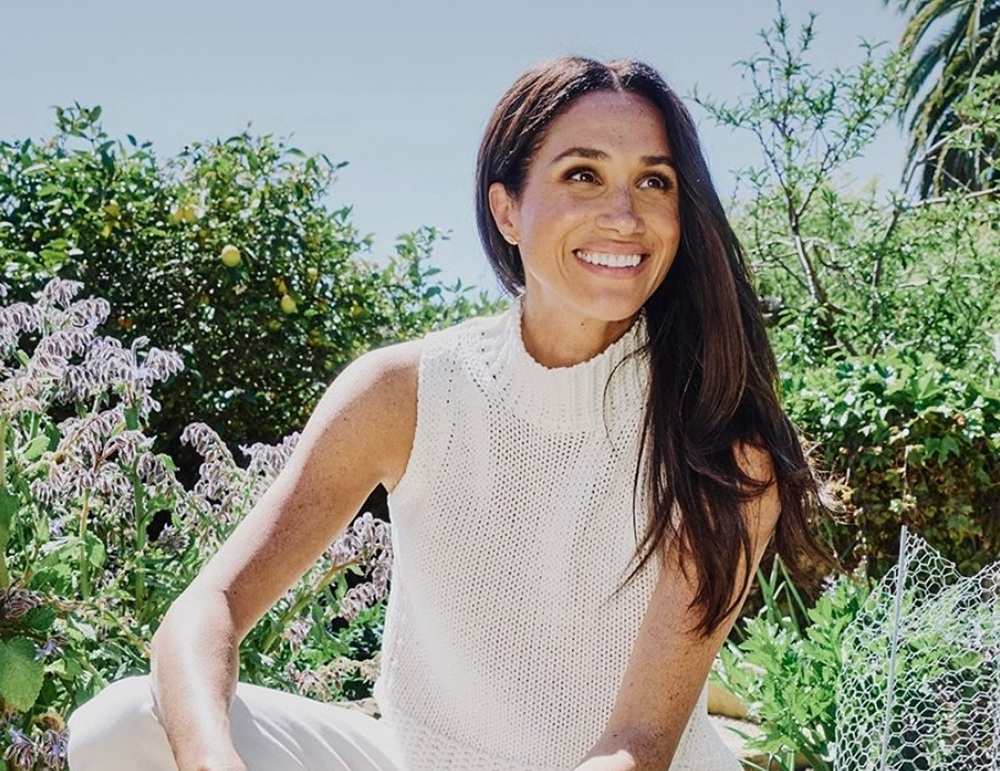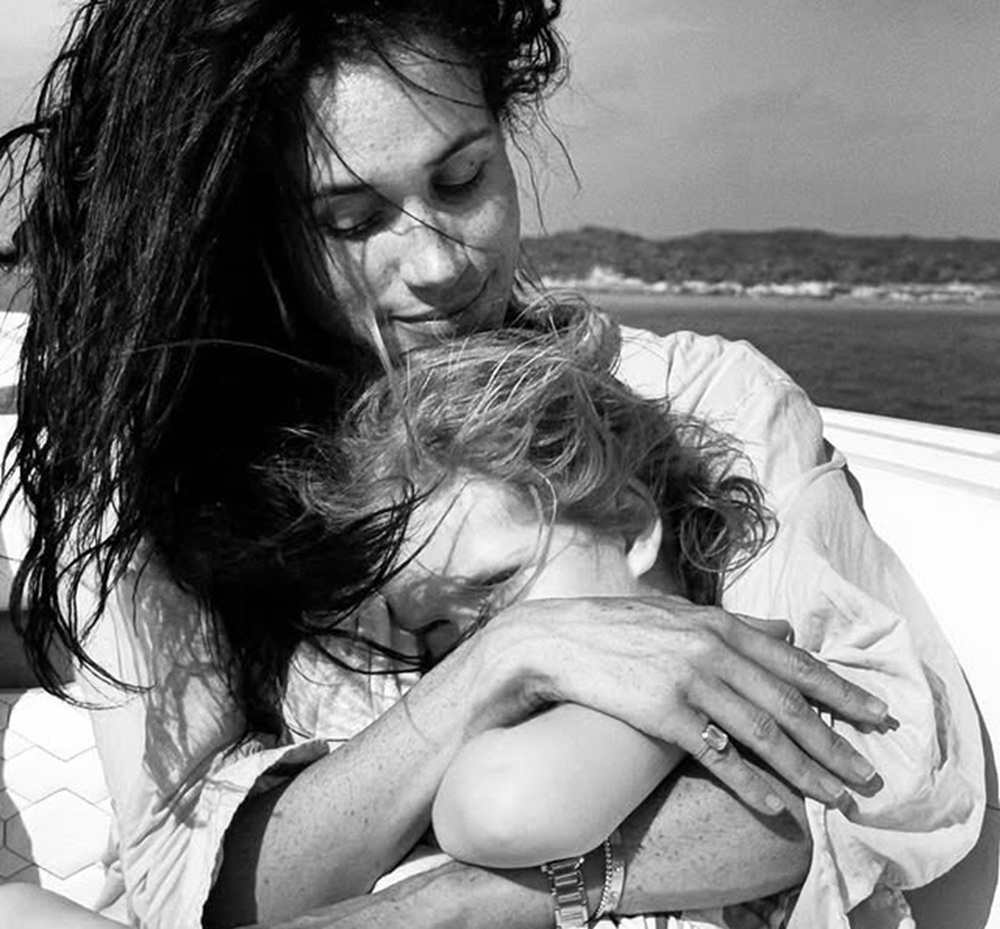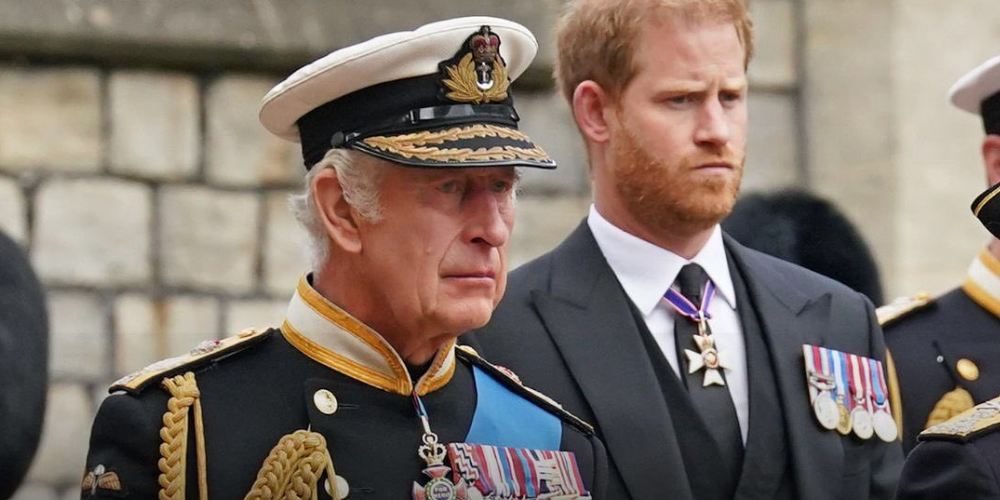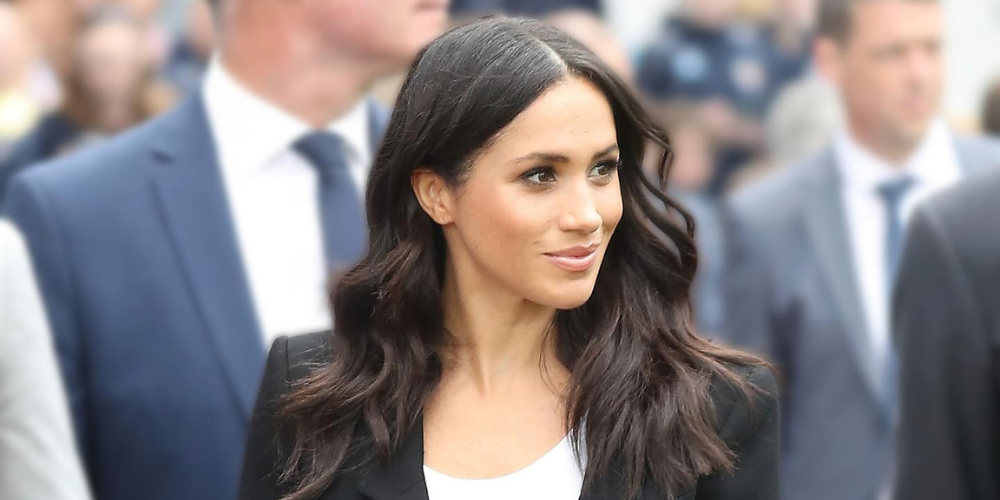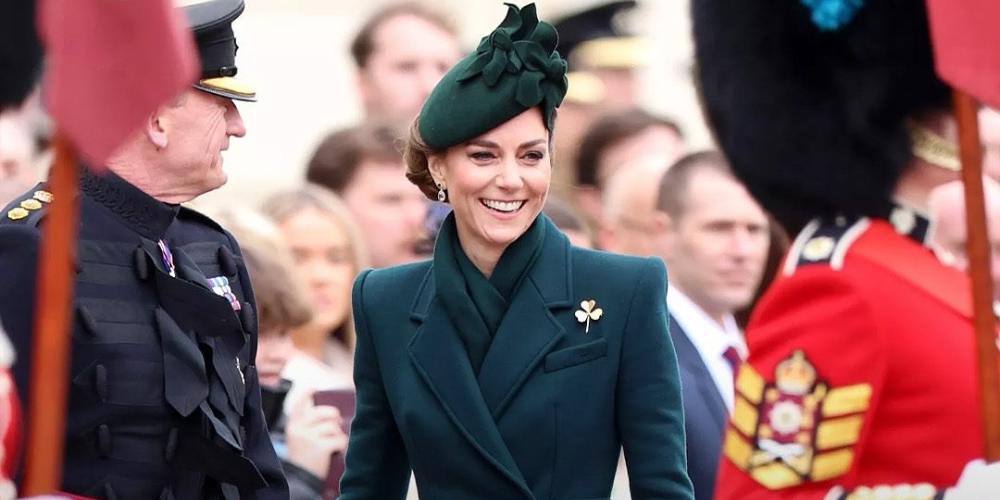When we think of royal families, the regal charm of Buckingham Palace often takes center stage. However, there’s a fascinating world beyond the British monarchy, with 28 countries boasting their own royal traditions and rulers. Let’s embark on a royal journey, exploring the diversity of these monarchies.
1. Andorra: A Unique Diarchy
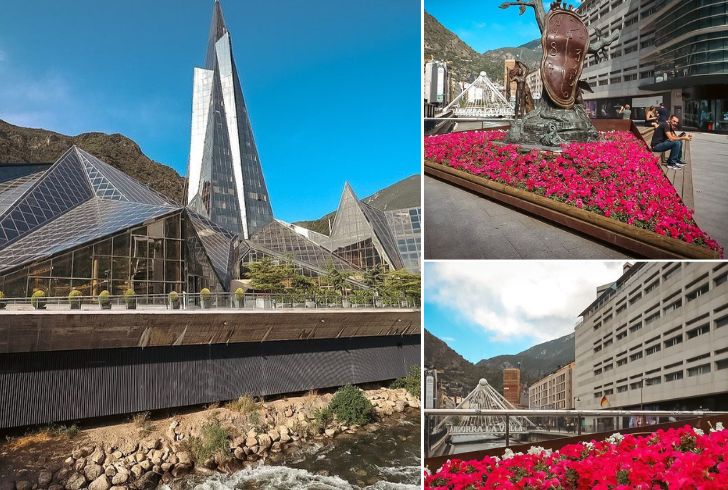
Nestled between France and Spain in the Pyrenees, Andorra is ruled by co-princes in a rare diarchy. With a population of 77,000, this principality’s heads of state are the papal-appointed Catholic Bishop of Urgell in Spain and the French president, currently Emmanuel Macron.
2. Bahrain: House of Khalifa
Bahrain, in the Middle East, is under the rule of the House of Khalifa. King Hamad bin Isa Al Khalifa and Princess Sabeeka bint Ibrahim Al Khalifa lead the monarchy, with Crown Prince Salman bin Hamad Al Khalifa as the heir apparent.
3. Belgium: King Philippe’s Reign
King Philippe, who succeeded his father in 2013, heads the Belgian monarchy. Alongside Queen Mathilde, they share four children, including Princess Elisabeth, the Duchess of Brabant and the heir to the throne.
4. Bhutan: Dragon Prince’s Realm
In the enchanting kingdom of Bhutan, King Jigme Khesar Namgyel Wangchuck and Queen Jetsun Pema rule with grace. Their two sons, Dragon Prince Jigme Namgyel Wangchuck and Prince Jigme Ugyen Wangchuck, represent the future.
5. Brunei Darussalam: A Dynasty of Wealth
The 600-year-old House of Bolkiah governs Brunei. Sultan Hassanal Bolkiah, one of the world’s wealthiest men, ensures his people enjoy unique benefits like no taxes, free education, and healthcare.
6. Cambodia: An Elective Monarchy
Cambodia operates as an elective monarchy, with King Norodom Sihamoni currently reigning since 2004. The ruler is selected from the House of Norodom or Sisowath and holds the position for life.
7. Denmark: Queen Margrethe’s Legacy
Queen Margrethe II leads Denmark, with Crown Prince Frederik as her heir. However, recent changes in titles for Prince Joachim’s children sparked public debate, emphasizing the monarchy’s adaptability.
8. Eswatini: The Reign of Mswati III
Formerly Swaziland, Eswatini is ruled by Mswati III. As a member of the Swazi royal family, he guides the kingdom that borders South Africa and Mozambique.
9. Japan: The Imperial Chrysanthemum Throne
Japan’s Imperial Family, residing on the Chrysanthemum Throne, is led by Emperor Naruhito and Empress Masako. The unique succession system ensures the crown passes to Emperor Naruhito’s brother, Crown Prince Akishino, as women cannot inherit the throne.
10. Jordan: King Abdullah’s Lineage

King Abdullah and Queen Rania oversee Jordan, with their four children representing the country’s royal future. Crown Prince Hussein, Princess Iman, Princess Salma, and Prince Hashem contribute to the kingdom’s continuity.
11. Kuwait: The Ṣabāḥ Dynasty
Kuwait’s power lies with the Ṣabāḥ dynasty, led by Sheikh Nawaf Al-Ahmad Al-Jaber Al-Sabah. This ruling family has held sway since 1756.
12. Liechtenstein: A Princely Principality
Liechtenstein, squeezed between Switzerland and Austria, is governed by Prince Hans-Adam II and Princess Marie-Aglae. Their heir, Hereditary Prince Alois, ensures the continuation of this principality.
13. Luxembourg: Grand Ducal Family
The Grand Ducal Family of Luxembourg, headed by Grand Duke Henri and Grand Duchess Maria, is a picture of familial royalty. With five children, including Prince Guillaume and Princess Alexandra, they represent continuity.
14. Malaysia: Rotational Royalty
Malaysia operates on a rotational monarchy system with nine royal families taking turns ruling in five-year terms. Sultan Abdullah Sultan Ahmad Shah currently holds the throne.
15. Monaco: Grimaldi Dynasty Continues
The Grimaldi dynasty has ruled Monaco since 1297, with Prince Albert II currently at the helm. Alongside Princess Charlene, they have twins, Princess Gabriella and Hereditary Prince Jacques.
16. Morocco: King Mohammed VI’s Rule
King Mohammed VI leads Morocco with his wife, Princess Lalla Salma. Their two children, Crown Prince Moulay Hassan and Princess Lalla Khadija, represent the future of the Moroccan monarchy.
17. The Netherlands: A Modern Monarchy
King Willem-Alexander and Queen Maxima oversee the Netherlands, with their three children, including Crown Princess Catharina. The modern monarchy reflects changing times.
18. Norway: A Reign of King Harald V
In Norway, King Harald V and Queen Sonja reign, with Crown Prince Haakon and Princess Mette-Marit securing the future with their two children.
19. Oman: House of Busaid
Oman is ruled by the House of Busaid, presently under Sultan Haitham bin Tarik’s leadership. His succession continued the rich legacy of this dynasty.
20. Qatar: Al Thani’s Rule
Sheikh Tamim ibn Hamad Al Thani of the House of Al Thani governs Qatar. His leadership, following his older brother’s renunciation, highlights the country’s continuity.
21. Saudi Arabia: House of Saud’s Legacy
The House of Saud, established in 1932, leads Saudi Arabia. King Salman bin Abdulaziz Al Saud and Crown Prince Mohammed bin Salman navigate the kingdom’s evolving landscape.
22. Spain: King Felipe VI’s Modern Reign

King Felipe VI succeeded his father in 2014, bringing a modern touch to the Spanish monarchy. His family, including Queen Letizia and daughters Princess Leonor and Princess Sofia, represents a new era.
23. Sweden: King Carl Gustaf’s Legacy
In Sweden, King Carl Gustaf and Queen Silvia lead the monarchy. Crown Princess Victoria, Prince Carl Philip, and Princess Madeleine ensure Sweden’s royal lineage continues.
24. Thailand: King Rama X’s Rule
King Rama X, also known as Maha Vajiralongkorn, oversees Thailand. Educated abroad, he is married to former general Suthida Vajiralongkorn.
25. Tonga: King Tupou VI’s Sovereignty
Tonga, the only sovereign indigenous monarchy in Oceania, is ruled by King Tupou VI and Queen Nanasipauʻu Tukuʻaho.
26. United Arab Emirates: Emirates and Ruling Families
The UAE comprises seven emirates, each with its ruling family. High-profile leaders like Sheikh Mohammed Bin Rashid Al Maktoum and Mohamed bin Zayed Al Nahyan contribute to the country’s prosperity.
27. United Kingdom: House of Windsor’s Global Reach
The well-known House of Windsor extends its influence globally. King Charles III, the recent successor, not only reigns over the UK but also holds sway over several other Commonwealth countries.
28. Vatican City: Papal Jurisdiction
While not a monarchy, the pope holds absolute jurisdiction in Vatican City. Pope Francis currently leads this unique city-state.
In conclusion, the world of royal families is diverse and rich, with each monarchy contributing to its country’s unique history and culture. From the ancient traditions of Japan to the modern monarchy in the Netherlands, these royal families play a significant role in shaping their nations’ identities.

